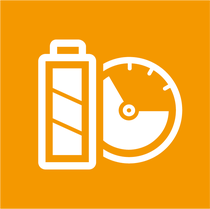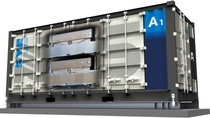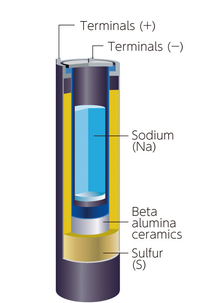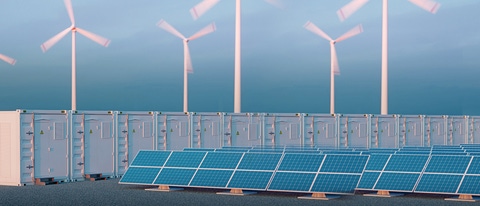Who we are
NAS Batteries - Designed for Stationary Energy Storage
NAS batteries are the proven solution for long-duration stationary energy storage

Discharge duration 6 – 24 hours
NAS batteries are optimized for multiple use cases such as renewable energies stabilization, grid support, grid services and arbitrage, remote power grids and more.

Design lifetime 20 years / 7,300 cycles
Thanks to slow degradation, NAS batteries maintain its functionality for up to 20 years or 7,300 equivalent operation cycles (whatever comes first).*
* The equivalent operation cycle is only defined by accumulated discharged energy and independent from operating Depth-of-Discharge (DoD). Subject to compliance with the maintenance cycles and further technical requirements.

Enhanced safety
NAS batteries have enhanced safety concept and are compliant with the highest safety standards and certifications. NAS batteries cells and modules are certified as recognized components to UL 1973 standard and successfully tested by UL9540A.

Climate-resilient technology
NAS batteries can be deployed in all climate zones, in extreme cold as well as in extreme heat, without supplementary air conditioning equipment.

Based on abundantly found raw materials
All raw materials used in NAS batteries are abundantly found on earth. There are no issues with the supply chain or price volatility.

Minimal maintenance
NAS batteries require only minimal preventive maintenance.

1.45 MWh in standard 20ft container
A standard single NAS battery container has 1.45 MWh energy capacity. The containers are stackable, enabling utility scale energy storage systems.
We supply containerized NAS battery systems: one standard 20-ft container has 1.45 MWh energy capacity. The compact form enables easy transportation and quick installation at our customers' sites. Containers can be stacked to reduce an installation footprint.
Containers have been tested for self-extinguishing capabilities and mechanical stability.

About NAS batteries
NAS battery container comprises 6 modules with 192 cells each.
NAS battery cells consist of sodium as the negative electrode and sulfur as the positive one. A beta-alumina ceramic tube functions as the electrolyte, which allows only sodium ions to pass through. When discharging, sodium is oxidized and sulfur is reduced to form polysufide (Na2Sx). The charging step is the reverse, resulting in metallic sodium and elemental sulfur. To enable the flow of ions, sodium and sulfur need to be in molten state so the battery cell runs at temperatures of around 300°C. The exterior of the modules remain though at ambient temperature.

